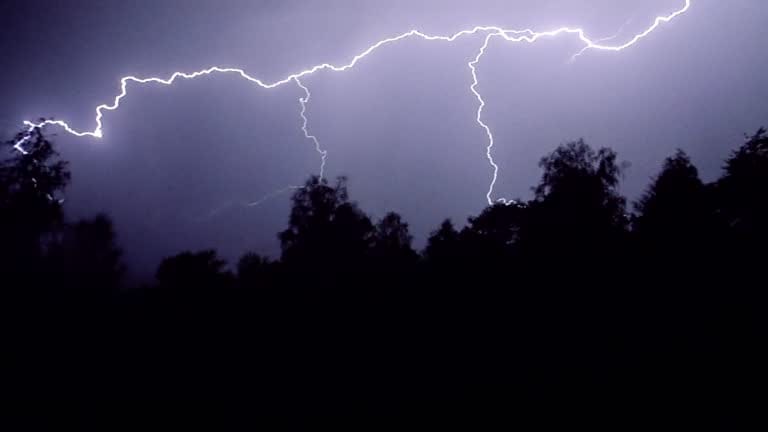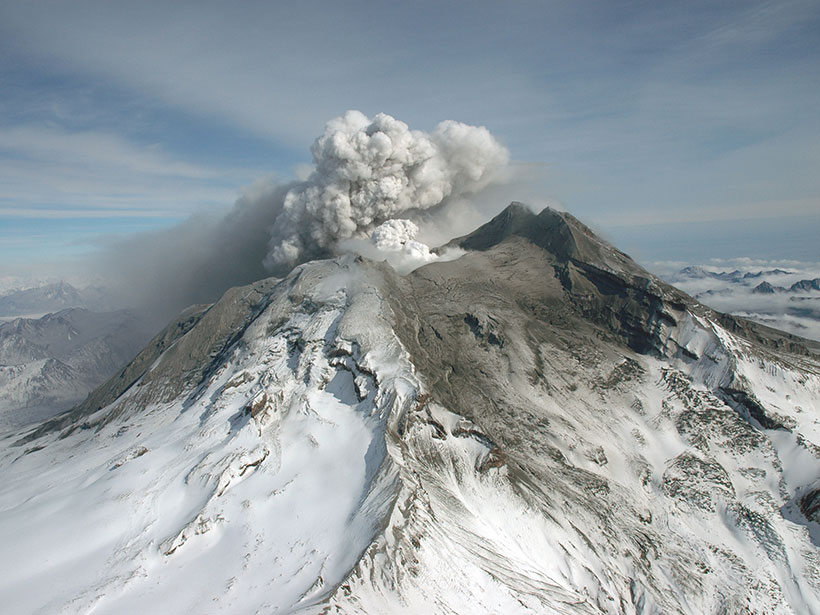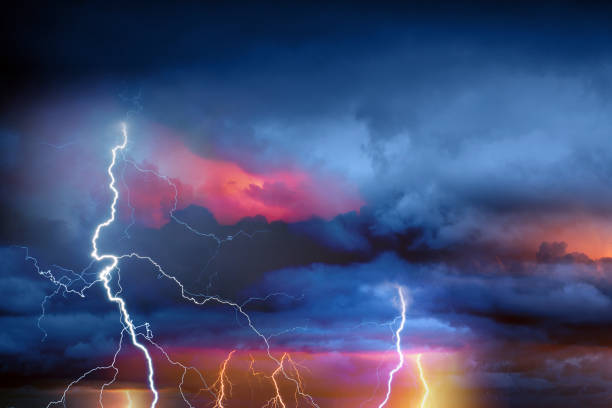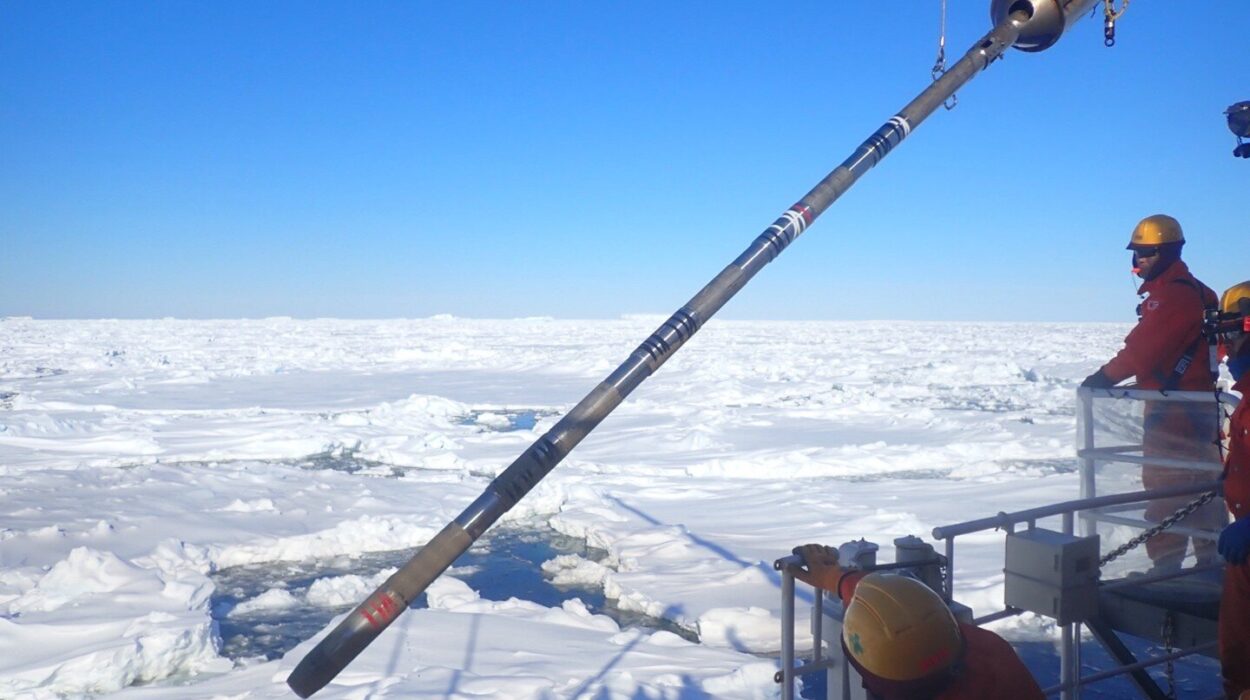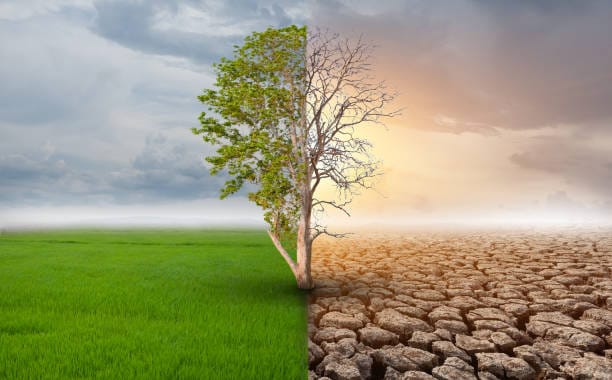Since the dawn of human existence, the sky has been our grand stage. Long before there were cities, written languages, or even the idea of “science,” people tilted their faces toward the heavens and watched the eternal performance of sun, moon, wind, and clouds. The weather was the most immediate, intimate force shaping daily life. It determined whether our ancestors could hunt or gather food, whether they might face warmth or cold, safety or peril. To them, the sky was not an abstract concept; it was as present and powerful as fire or water.
Even today, in an age of satellites and supercomputers, the weather holds the same primal pull on our emotions. The roll of distant thunder still quickens the heart. The sudden clearing after a storm feels like a gift. The quiet fall of snow transforms entire cities into strange, muffled landscapes. Yet for all this familiarity, “weather” is a term many people understand only vaguely. Ask someone to define it and you may get, “It’s whether it’s sunny or raining,” which is not wrong — but far from the full story.
Weather is not merely a collection of sky conditions; it is the living, breathing expression of Earth’s atmosphere at a particular moment and place. It’s the reason mornings can be still and afternoons wild. It’s the interplay of heat and moisture, pressure and wind, sunlight and shadow. To understand forecasts — to truly grasp what a meteorologist means when they say a front is moving in or a low is forming — we must begin by peeling back the layers of what weather really is.
The Heart of the Definition
Weather is the state of the atmosphere at a specific time and location, determined by a combination of variables: temperature, humidity, air pressure, wind speed and direction, cloud cover, and precipitation. These variables are in constant motion and interaction, changing from minute to minute, hour to hour, and day to day.
The key word is short-term. Weather is what you experience when you step outside this morning. Climate, in contrast, is the long-term average of these conditions over decades. A desert’s climate is dry and hot overall, but its weather on a given day might be cool with rain. A city’s climate may be mild, yet it can still experience heatwaves or winter storms.
This distinction matters because when people complain that “forecasts are wrong” or “climate change is just weather changing,” they are often mixing up the two concepts. Weather is fickle; climate is the backdrop. Both are essential to understanding the world we live in, but they operate on different scales of time.
The Atmosphere: Our Thin, Fragile Shield
Weather happens because we live wrapped in an incredibly thin shell of gases clinging to our planet’s surface. The atmosphere extends upward for hundreds of kilometers, but most of its mass — and all the weather — occurs in the lowest layer: the troposphere. This is the restless arena where warm and cold air masses collide, where clouds form and dissipate, where storms gather their strength.
The troposphere’s depth varies. Near the equator, it can be as thick as 15 kilometers; near the poles, it’s only about 8 kilometers. Above it lies the stratosphere, calm and layered, home to the ozone that shields us from harmful ultraviolet rays. While higher layers like the mesosphere and thermosphere play roles in protecting the Earth from meteors and space radiation, they are largely removed from the day-to-day theater of weather.
The atmosphere is composed primarily of nitrogen (about 78%) and oxygen (about 21%), with trace amounts of other gases like argon, carbon dioxide, and neon. Water vapor, though it makes up only a fraction of a percent, is the real wild card, capable of driving the most dramatic shifts in the sky. Without water vapor, there would be no clouds, no rain, no snow — and no weather worth speaking of.
The Sun: Architect of the Sky’s Moods
Every gust of wind, every drop of rain, every swirling hurricane ultimately begins with sunlight. The Sun’s energy warms the Earth unevenly — more directly at the equator, less at the poles. This uneven heating is the root cause of most atmospheric motion. Dark forests absorb heat differently than pale deserts. Oceans store heat differently than rocky mountains. These differences create areas of warmer, lighter air and cooler, denser air.
Warm air rises, creating areas of low pressure. Cool air sinks, forming high pressure. Nature abhors imbalance, so air flows from high-pressure zones toward low-pressure zones. This flow is what we feel as wind, though the rotation of the Earth — through the Coriolis effect — bends these winds into sweeping curves, shaping the jet streams and trade winds that encircle the globe.
Clouds: The Poets of the Atmosphere
A cloud is far more than a patch of fluff in the sky. It is the visible evidence of invisible processes — warm, moist air rising, cooling, and condensing around tiny particles like dust or sea salt. The shapes and types of clouds reveal the atmosphere’s secrets to those who can read them.
Towering cumulonimbus clouds, their tops anvil-shaped and their bases dark and roiling, signal thunderstorms and heavy rain. Thin, wispy cirrus clouds high above often herald a change in weather, such as an approaching warm front. Low, gray stratus clouds can hang like a blanket for days, bringing light rain or drizzle. Each type has its own role in the unfolding story of the day.
For centuries, farmers, sailors, and shepherds learned to “read” clouds long before meteorology became a science. Even today, a practiced observer can tell from the morning sky whether the afternoon will bring fair weather or storms.
Pressure Systems: The Invisible Sculptors
While clouds give us something to see, the real drivers of weather are often invisible. Air pressure — the weight of the atmosphere above us — is a powerful force. High-pressure systems generally bring settled, clear weather because descending air suppresses cloud formation. Low-pressure systems, on the other hand, encourage rising air, which cools and condenses into clouds and precipitation.
Fronts form where two air masses meet. A cold front occurs when cold, dense air pushes under warmer air, forcing it upward. This can trigger abrupt weather changes — sudden storms, sharp temperature drops, gusty winds. A warm front, in which warm air advances over cooler air, usually brings more gradual changes: layered clouds, steady rain, and a slow rise in temperature.
These systems can be vast, stretching for hundreds or thousands of kilometers, and they migrate across continents, guided by jet streams and the rotation of the planet.
Water: The Great Weather Maker
The hydrological cycle — the endless movement of water between ocean, sky, and land — is the beating heart of weather. Oceans cover more than two-thirds of the Earth’s surface, storing and releasing heat on scales far larger than any landmass. Evaporation from these oceans, as well as from lakes, rivers, and even damp soil, fills the air with water vapor. When this vapor cools, it condenses into clouds and eventually falls as rain, snow, sleet, or hail.
Coastal areas often have milder weather because the ocean moderates temperature swings. Inland areas, far from this moderating influence, can experience more extreme shifts between summer and winter. Ocean currents, like the warm Gulf Stream in the Atlantic or the cold Humboldt Current in the Pacific, shape regional climates and influence day-to-day weather patterns.
The Tools of Forecasting
Forecasting is one of humanity’s great achievements — the ability to look into the sky and predict its moods days or even weeks ahead. Modern meteorologists rely on a vast network of tools: ground-based weather stations measuring temperature, humidity, and pressure; weather balloons carrying instruments high into the atmosphere; Doppler radar mapping precipitation; satellites watching entire storm systems from orbit.
The data gathered flows into supercomputers, which run models based on the physics of fluid dynamics, thermodynamics, and radiation. These models simulate the future, offering predictions that are refined as new observations arrive. But the atmosphere is a chaotic system, sensitive to the smallest changes. That’s why forecasts are more reliable in the short term than the long term. A two-day forecast can be precise; a ten-day one is more of a broad outlook.
Why the Weather Changes So Fast
You may wake to clear skies, only to see them darken by noon. This is the nature of a dynamic atmosphere. Air masses shift constantly, shaped by winds, mountains, and bodies of water. A valley may trap fog in the morning that burns off by midday. Coastal regions may be sunny until sea breezes bring in cooler, cloudier air from offshore. Thunderstorms can form in the heat of the afternoon and vanish by sunset.
These rapid changes are especially pronounced in certain regions — for example, the American Midwest, where cold Arctic air, warm Gulf air, and dry continental air can collide dramatically, producing fast-moving fronts and severe storms.
Weather in Our Lives
Beyond its science, weather is woven into our emotional and cultural lives. We describe our moods in meteorological terms: sunny dispositions, stormy tempers, foggy thoughts. We plan weddings for clear days and festivals for seasons when rain is rare. Extreme weather events — hurricanes, blizzards, droughts — are not just news stories but shared human experiences that test communities and reveal resilience.
Artists paint stormy skies to convey drama; poets compare love to sunshine or rain. The weather touches not just our skin but our stories, shaping the way we think about the world and ourselves.
Climate Change and the Future of Forecasts
As global temperatures rise, weather patterns are shifting in ways both subtle and profound. Warmer air holds more moisture, making heavy rainfall events more likely. Heatwaves are becoming longer and more intense. Snow may fall less frequently in some regions but in heavier bursts when it does. Storms fueled by warmer oceans can grow more powerful.
This doesn’t mean every day is hotter or stormier — weather still varies — but the probabilities are changing. For meteorologists, this means adapting models and methods to account for a new baseline climate. For all of us, it means paying more attention to forecasts, as the risks of extreme weather grow.
Learning to Read the Sky Yourself
While we have access to sophisticated forecasts, there’s a timeless pleasure in reading the weather firsthand. Watch how the light changes in the hours before rain. Notice the halo around the moon on a cold night, a sign of ice crystals high in the atmosphere. Smell the earthy scent that often precedes a summer storm — caused by plant oils and soil compounds stirred up by moisture. These are the threads that connect us to generations past, who navigated their days without satellites but with keen eyes and deep knowledge.
The Shared Sky
Weather is one of the rare experiences that unites us all. No matter where we live, we share in the shifting moods of the sky. A typhoon in the Pacific, a snowstorm in Canada, a dust storm in the Sahara — each is a reminder that we live together beneath a fragile, beautiful, and ever-changing atmosphere. To understand weather is to understand a part of ourselves, because it shapes our choices, our cultures, and even our dreams.
